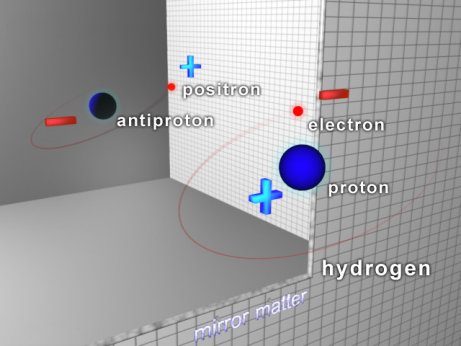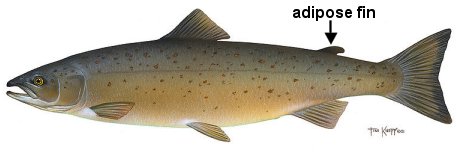NASA’s project “Juno” lifted off today at approximately 12:30 PM. It’s destination: the planet Jupiter. I encourage you to watch the two-minute video of the launch below. It still fills me with wonder that we can launch a rocket into space and then plan its flight so it reaches a planet that is hundreds of millions of miles away from earth! This video is especially interesting, because the rocket had a camera facing down, so you not only get to see the surface of the earth as the rocket races away from it, but you also get to see the solid rocket boosters fall off as they run out of fuel.
Even though the rocket launched today, Juno will not reach Jupiter until July of 2016. Why does it take so long to get there? Well, Jupiter can be somewhere between 390,682,810 miles and 576,682,810 miles away from earth, depending on when you check. However, it wouldn’t necessarily take almost five years for the spacecraft to travel that far. It takes that long because Juno will travel a lot farther than that.




